Can Automakers Convince Germany to Skip the Pending Diesel Bans?

Europe’s love affair with diesel engines is fading faster than a VHS tape left sitting beneath the summer sun in a car’s rear window. Encouraged by automakers, European governments incentivized diesel cars in the 1990s by taxing them at a far lower rate and suppressing the price of the fuel they burned. Studies came out claiming that diesel’s below-average CO2 emissions could even help with air quality. By 2012, diesel models made up 55 percent of Europe’s passenger vehicle market.
Things certainly have changed. Now concerned primarily with smog-producing NOx output, health and safety advocates have called diesel a menace to society. The EU has been pressing automakers to abandon the fuel by adopting much more restrictive emissions regulations for passenger cars. Volkswagen’s emission scandal further complicated things, prompting cities to call for a total ban on certain vehicles.
However, Germany still has to decide whether the mandates are even legal — and the decision comes this Thursday.
Vehicle prohibitions are nothing new. Trucks are prohibited from using certain roadways in practically every country. But banning passenger vehicles based on the type of fuel burned is far from commonplace. It could also financially cripple automakers that are heavily dependent on diesel powertrains and devalue millions of existing vehicles that consumers spent their hard-earned money on.
According to Reuters, there are currently around 15 million diesel vehicles on German streets. Environmental groups claim particulate levels exceed the EU threshold in at least 90 German towns and cities because of them.
As a result, local governments have issued orders to prohibit any diesel car which does not conform to the latest standards from entering city centers on pollution-heavy days. This has scared the crap out of European automakers, forcing them to greenify their images and persuade the state to reconsider. The move has left Germany’s federal administrative court to rule on whether such bans can legally be imposed at the local level.
“The key question is whether bans can already be considered to be legal instruments,” explained Remo Klinger, a lawyer for the consumer protection association Deutsche Umwelthilfe colloquially known as DUH. “It’s a completely open question of law.” Hoping to light a fire under the bottoms of lawmakers, DUH sued Stuttgart and Duesseldorf over excess pollution levels after VW’s emission scandal was made public in 2015.
Data from the European Automobile Manufacturers’ Association shows that diesels still made up roughly 49.9 percent of the market by the end of 2016. While that represents a substantial decline in just a few years, it also proves there are still a lot of people who decided to purchase a diesel-driven auto that might end up being worthless on the resale market if the ban passes.
Germany isn’t the only nation facing this issue, either. Numerous countries and states are attempting to impose bans on all cars burning fossil fuels by 2040, while Paris, Madrid, Athens, and Mexico City all want to prohibit diesel vehicles from entering by 2025. Copenhagen wants a ban by next year and other smaller municipalities (including some in Germany) have followed suit. Even China and India are considering national bans in the years to come.
Analysts at Bernstein Research suggest diesel bans in Europe would impact Peugeot the hardest, followed by Renault. For the German carmakers, Daimler’s global fleet exposure to diesel is around 38 percent, BMW’s 35 percent, and VW’s 26 percent.
Thursday’s decision likely won’t be the last we hear of the issue. In fact, if the court chooses to uphold the local bans, it would set a precedent for other countries to do the same. However, with Mercedes on the cusp of a potential scandal and diesel getting so much bad publicity of late, it’s hard to imagine the court decision making much of a difference to consumers.

A staunch consumer advocate tracking industry trends and regulation. Before joining TTAC, Matt spent a decade working for marketing and research firms based in NYC. Clients included several of the world’s largest automakers, global tire brands, and aftermarket part suppliers. Dissatisfied with the corporate world and resentful of having to wear suits everyday, he pivoted to writing about cars. Since then, that man has become an ardent supporter of the right-to-repair movement, been interviewed on the auto industry by national radio broadcasts, driven more rental cars than anyone ever should, participated in amateur rallying events, and received the requisite minimum training as sanctioned by the SCCA. Handy with a wrench, Matt grew up surrounded by Detroit auto workers and managed to get a pizza delivery job before he was legally eligible. He later found himself driving box trucks through Manhattan, guaranteeing future sympathy for actual truckers. He continues to conduct research pertaining to the automotive sector as an independent contractor and has since moved back to his native Michigan, closer to where the cars are born. A contrarian, Matt claims to prefer understeer — stating that front and all-wheel drive vehicles cater best to his driving style.
More by Matt Posky
Latest Car Reviews
Read moreLatest Product Reviews
Read moreRecent Comments
- Bd2 Excellent article, very nice car. Thank you Murilee.
- Make_light I like Subarus, and I often think they don't get enough credit for how they drive. Lots of people say it's the faux-rugged image that accounts for their popularity, but they also drive with a solidity and plantedness that's absent from a lot of the Japanese competition. That being said, this thing is ugly. I never felt that Subarus were as ugly as commenters claim they are. Boring, sure, but not necessarily ugly. But between this and the refreshed Legacy, it's like they're trying to make their vehicles look as incohesive and awkward as possible.
- SCE to AUX I think the 2.2 was a pretty durable engine.
- Rochester We'll probably be trading in our 2018 Touring Edition Forester for the next model, and are waiting to see what the Hybrid is all about. Would be nice if they disclose whether or not it will be a plug-in Hybrid.
- CEastwood I have a friend who drives an early aughts Forrester who refuses to get rid of it no matter all it's problems . I believe it's the head gasket eater edition . He takes great pains regularly putting in some additive that is supposed prevent head gasket problems only to be told by his mechanic on the latest timing belt change that the heads are staring to seep . Mechanics must love making money off those cars and their flawed engine design . Below is another satisfied customer of what has to be one of the least reliable Japanese cars .https://www.theautopian.com/i-regret-buying-a-new-subaru/



















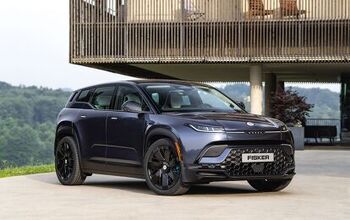
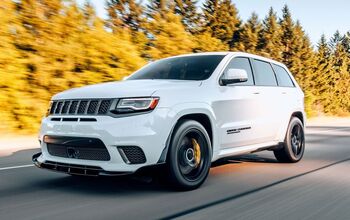
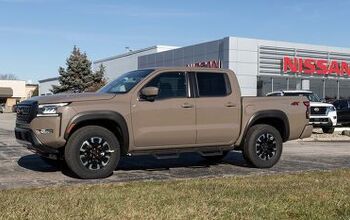
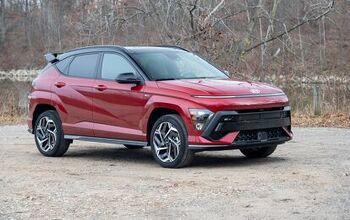
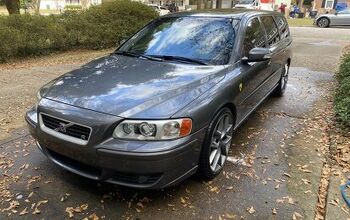
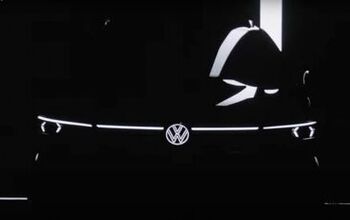
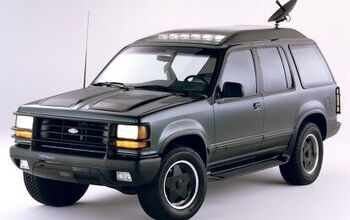
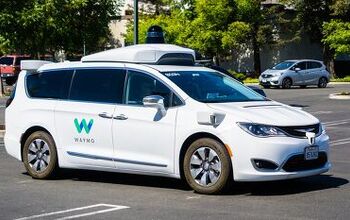
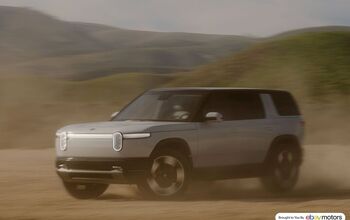

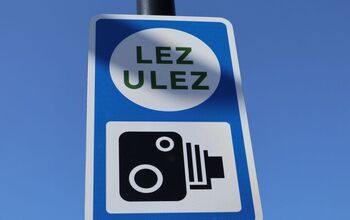


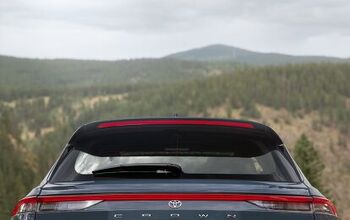
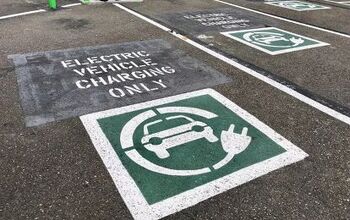
Comments
Join the conversation
Most of the diesel emissions problems come from medium and large commercial trucks, public transit and construction equipment. One semi with a faulty (or old) diesel exhaust system can pollute more than 500 diesel passenger cars. One diesel powered locomotive can pollute more than 1000 diesel passenger cars. Enforce diesel emissions standards on commercial equipment and allow police to ticket heavy equipment that has visible diesel emissions (and make it hurt, 1000 euro plus an emissions test). Convert public transit to electrical and eliminate diesel locomotives and buses. Do these and the problem will likely solve itself.
Diesel public-transit, commercial, etc, I'm sure are on the short list. Diesel passenger cars likely out number every one of those 500 to 1,000:1 anyway. Converting the dirty diesel big-stuff to CNG or other, (or just full US diesel emissions) will take a longer bit of time, but diesel passenger cars have to be the first to go.